

Nearly 38 million American adults struggle with hearing loss, and damaged hair cells in the inner ear cause 90% of these cases. The condition makes daily communication difficult and puts people at higher risk for depression, cognitive decline, and dementia. Stem cells now offer new hope to millions of people with hearing problems, potentially providing a hearing loss cure through innovative regenerative medicine approaches.
Clinical studies with 200 patients have shown positive results for people with noise-induced and sudden-onset sensorineural hearing loss. Patients who received stem cell therapy showed better speech perception within 90 days. Many kept these improvements for more than two years. Regencord Pereira uses this cutting-edge stem cell treatment that combines advanced therapies to activate progenitor cells and help restore hearing through stem cell restore techniques.
This detailed piece covers the science behind stem cell therapy, treatment steps at Regencord Pereira, and what patients should know about their recovery process in the quest to answer the question: can hearing loss be restored?

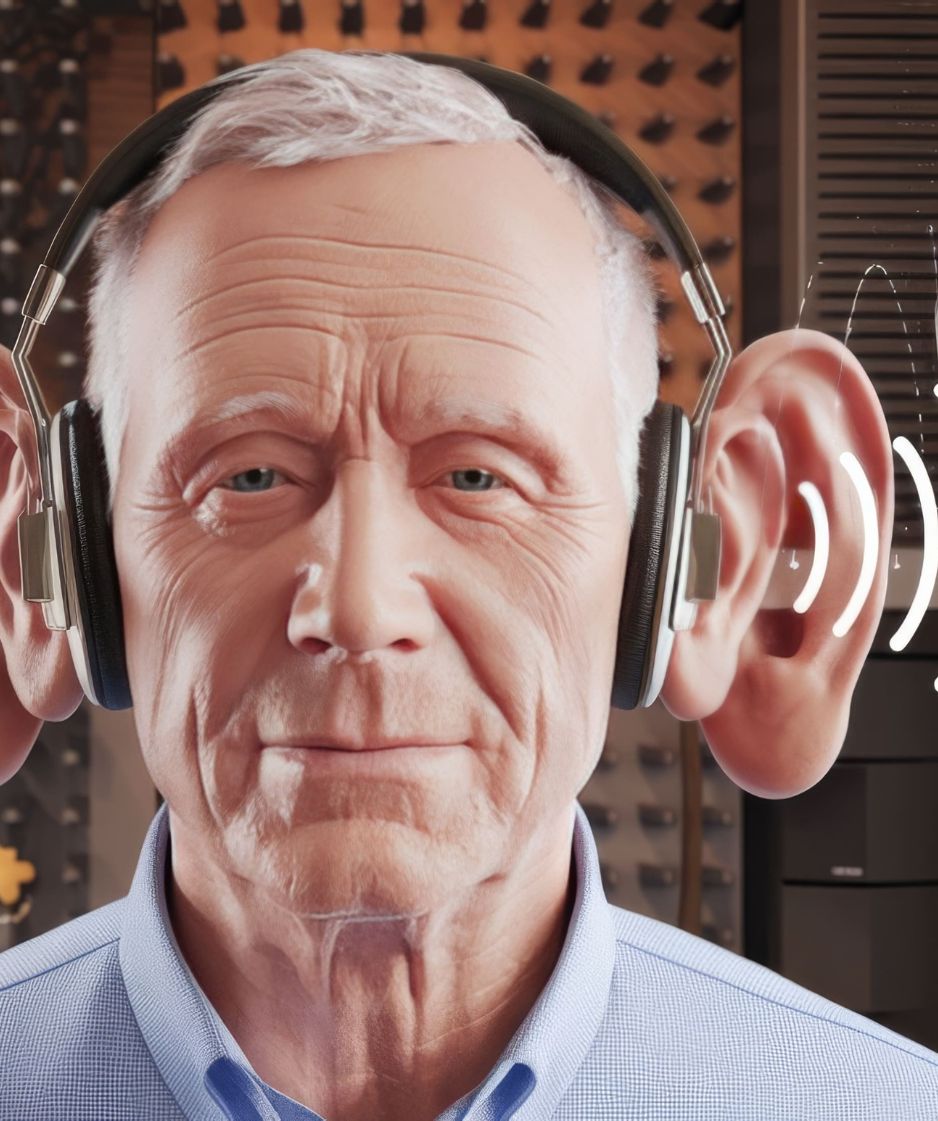

Sensorineural hearing loss (SNHL) ranks among the world’s most common sensory disorders. The condition affects over 270 million people worldwide. The numbers paint a stark picture – about 33% of adults between 65-74 years old experience it. This percentage jumps to 50% for people above 85.
Damage to different parts of the auditory system creates various types of hearing loss. When damaged, the delicate structures of the inner ear, including the tympanic membrane, cause sensorineural hearing loss. Problems with the outer or middle ear lead to conductive hearing loss.
SNHL develops from several sources:
Hair cells inside the inner ear play a vital role. These specialized cells turn sound waves into electrical signals for your brain. The damage becomes permanent because adult mammals can't naturally grow new hair cells once they're gone.
Stem cell treatment offers a groundbreaking path to hearing restoration. These remarkable cells know how to turn into various specialized cell types needed for hearing, including inner ear hair cells.
Scientists have discovered several promising ways stem cells and hearing loss treatment can work together:
Clinical trials show positive results for noise-induced and sudden onset sensorineural hearing loss. Research indicates that new hair cells from progenitor cells can work throughout someone's life, offering hope for a long-term hearing loss cure.
The treatment works to fix the damaged structure inside the inner ear. Carefully transplanted stem cells move to the organ of Corti, where hair cells live. They then transform into hair-cell-like structures and connect with spiral ganglion neurons.
Stem cell therapy works differently from hearing aids or cochlear implants. Instead of just making sounds louder, it rebuilds the cellular architecture that makes hearing possible. This matters because about 90% of hearing loss cases happen due to hair cell death or malfunction.
The way we hear depends on specialized cells in the inner ear that work together to turn sound waves into neural signals. Learning about this process gives us significant insights into how stem cell therapy can bring back hearing.
At birth, the human cochlea has about 3,500 inner hair cells and 12,000 outer hair cells. These cells play different but complementary roles in how we hear. Inner hair cells are the main sensory receptors, and 95% of auditory nerve fibers connect directly to them. The outer hair cells boost frequency selectivity through an active mechanical process.
Sound processing in the cochlea happens through a complex dance between these hair cells and the basilar membrane. The outer hair cells contract and relax, which changes how stiff the tectorial membrane becomes at specific points. This precise system helps fine-tune frequency responses, particularly when sounds are quiet.
Stem cell therapy tackles hearing loss through several sophisticated steps. Scientists have created human inner ear organoids (hIEOs) from patient pluripotent stem cells that form three-dimensional structures similar to the inner ear. These organoids help researchers study how organs develop and might replace damaged tissue.
The regeneration process involves:
Birds and fish can naturally regrow their hair cells throughout life, unlike mammals. This difference led researchers to find the Rb1 gene that stops cochlear hair cells from regrowing in adult mammals. Scientists can now trigger new cell growth by working with this gene and the sonic hedgehog protein.
Stem cell research has shown exciting results lately. Studies show that hearing can improve within 90 days of treatment, and some patients keep their improved hearing for over two years. These improvements show up most clearly in how well patients understand speech.
Groundbreaking work at research centers has found several ways to restore hearing:
Scientists discovered that the TBX2 transcription factor controls how inner and outer hair cells develop differently. This finding helps researchers guide stem cells to grow into specific types of hair cells, which leads to more targeted treatments.
Clinical trials with about 200 patients have been particularly successful in treating noise-induced and sudden-onset sensorineural hearing loss. The treatment activates progenitor cells already present in the inner ear, which then create new working hair cells without genetic changes.
Stem cell therapy for hearing loss is still developing, but current research shows it could completely change how we treat hearing loss. The ability to regrow damaged auditory cells brings hope to millions with hearing problems, moving beyond hearing aids toward true biological healing.
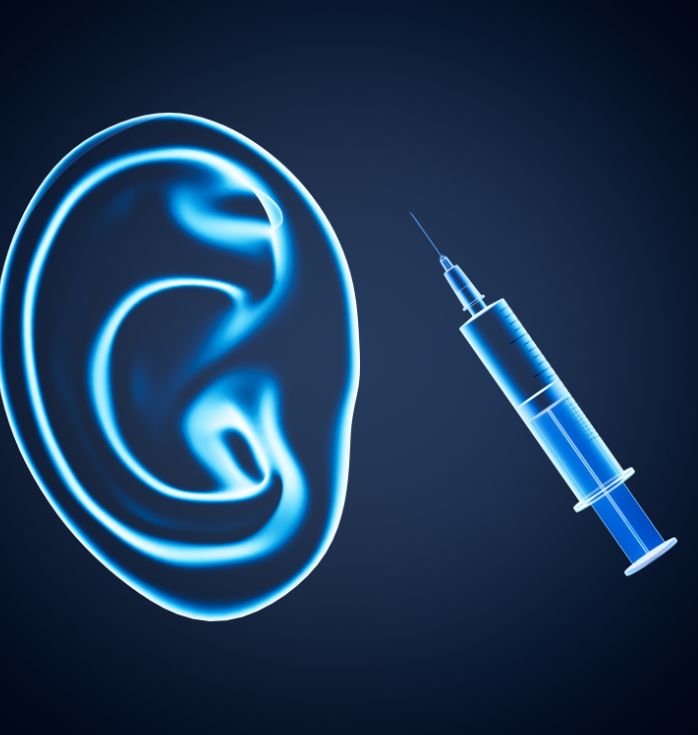
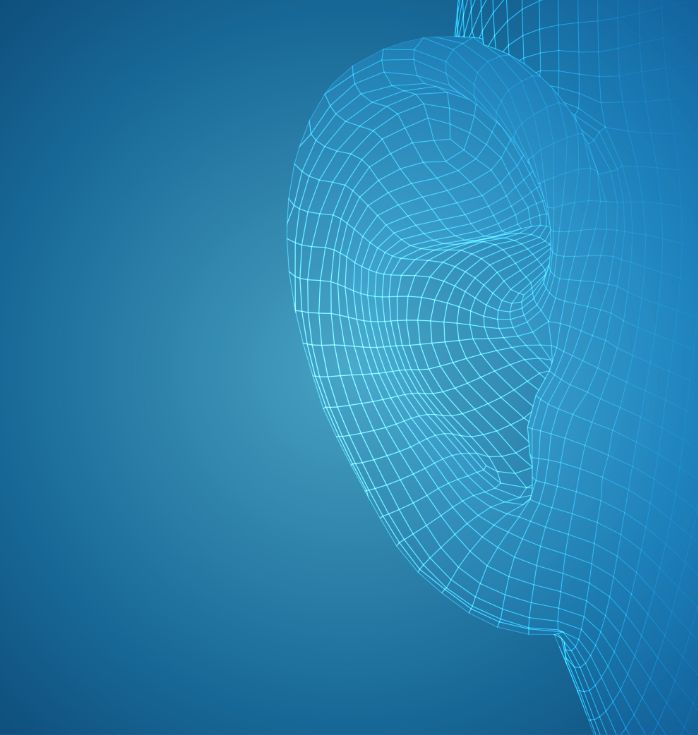
Regencord Pereira stands as a cutting-edge stem cell and biotechnology center where patients receive advanced treatments under strict quality standards. The center holds multiple ISO certifications that ensure the highest safety levels in processing biological samples and preparing cellular concentrates.
The treatment experience starts with a detailed medical evaluation in Pereira, Colombia. The specialists will:
Regencord’s medical team brings over 30 years of expertise in genetics, biotechnology, and pharmacology. They create tailored treatment plans based on each patient’s unique needs. This approach has helped them successfully treat more than 5,376 patients with various conditions.
Regencord's stem cell hearing loss treatment follows a systematic protocol:
The center provides detailed support since about 70% of their patients travel from the United States. Their dedication to excellence includes:
The treatment uses advanced therapeutic approaches, including mesenchymal stromal cells from umbilical cord tissue, processed according to ISO 22859 requirements. This sophisticated method has shown promising results - clinical studies reveal improvements in speech perception within 90 days of treatment.
Patients take part in specialized auditory-verbal treatment programs to build their auditory foundation. These programs offer one-on-one coaching sessions that encourage engagement to maximize stem cell therapy benefits while developing stronger spoken language skills.
Clinical studies show remarkable progress in stem cell therapy for hearing loss. Patients see noticeable improvements in their hearing function. Learning about the treatment helps you think about this innovative approach with realistic expectations.
The stem cell treatment starts with a complete medical evaluation. Research shows that bone marrow stem cells boost hearing recovery once doctors inject them into the damaged inner ear. These specialized cells move toward injured areas. They divide and create proteins that play a vital role in hearing function.
Patients who receive stem cell therapy recover faster, especially in high-frequency hearing ranges that don’t usually regenerate naturally. Studies show a 23% boost in high-frequency sound perception compared to people without treatment.
Each patient's trip to recovery looks different, but clinical information shows some common patterns:
Ho Seok and colleagues' research showed patients had no side effects or complications during their 12-month monitoring period. Lab tests that cover blood work, biochemistry, and blood clotting stayed stable throughout recovery.
Complete care protocols after stem cell therapy ensure the best results. Patient surveys highlight these concerns about treatment:
Medical experts highlight several vital aspects of care after treatment:
Monitoring Protocol: Regular checkups track hearing improvements through audiograms and speech perception tests. Studies show improvements mostly happen in two areas: noise-induced hearing loss and sudden onset sensorineural hearing loss.
Long-term Support: Healthcare providers keep in touch with patients and guide them throughout recovery. Research shows that 75% of patients who think they have hearing loss would try stem cell treatments, which shows why ongoing support matters.
Safety Considerations: Clinical data proves there's minimal risk of side effects in sterile, controlled environments. Healthcare teams watch patients closely for any potential risks, though studies report no major side effects during long-term follow-up.
Rehabilitation Support: Recovery often needs special hearing training to get the most from treatment. Studies prove proper care after treatment helps regenerated cells work better with existing hearing structures.
The latest research shows that when progenitor cells successfully create new hair cells, these cells might work throughout the patient's life. This finding proves why proper care after treatment is important to maintain long-term results.
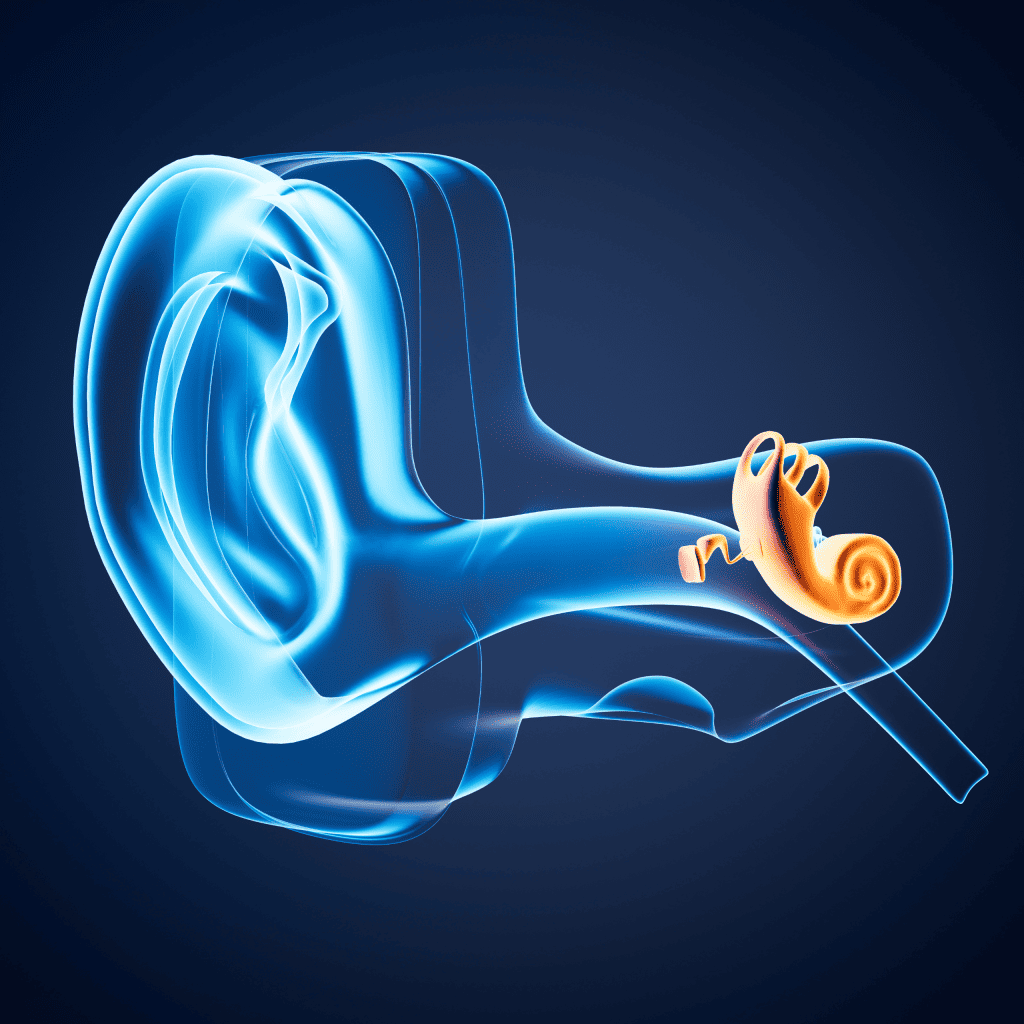
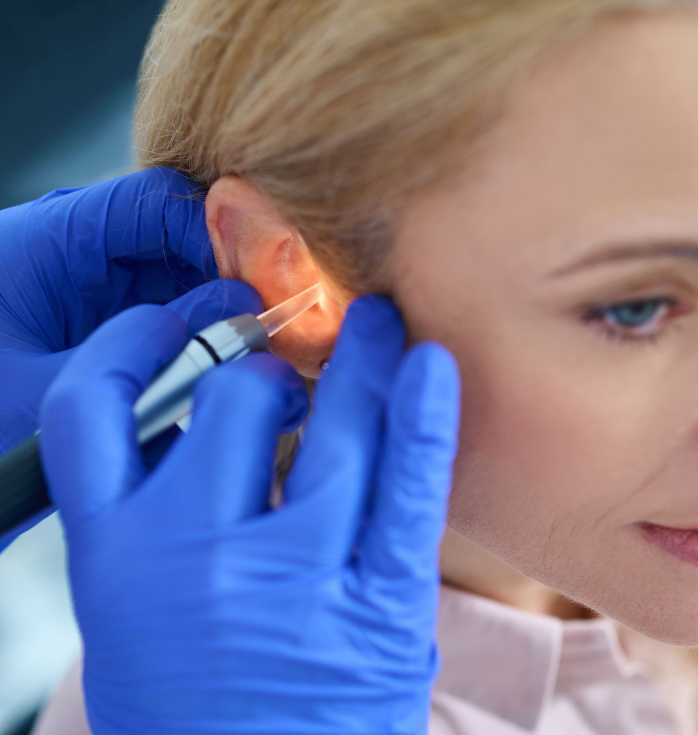
Stem cell therapy for hearing loss has shown promising results in recent clinical trials and research studies. This breakthrough marks a major step forward in auditory medicine. The treatment works differently depending on the type of hearing loss.
Scientific data shows remarkable results. Stem cells develop into hair cells with an 82% success rate, and the cells transform into auditory neurons with a perfect 100% success rate. These new cells know how to form fresh synapses with existing cochlear structures and create vital neural connections.
Several clinical studies show positive outcomes:
Each patient's trip to recovery looks different, but clinical information shows some common patterns:
Ho Seok and colleagues' research showed patients had no side effects or complications during their 12-month monitoring period. Lab tests that cover blood work, biochemistry, and blood clotting stayed stable throughout recovery.
Complete care protocols after stem cell therapy ensure the best results. Patient surveys highlight these concerns about treatment:
Medical experts highlight several vital aspects of care after treatment:
Monitoring Protocol: Regular checkups track hearing improvements through audiograms and speech perception tests. Studies show improvements mostly happen in two areas: noise-induced hearing loss and sudden onset sensorineural hearing loss.
Long-term Support: Healthcare providers keep in touch with patients and guide them throughout recovery. Research shows that 75% of patients who think they have hearing loss would try stem cell treatments, which shows why ongoing support matters.
Safety Considerations: Clinical data proves there's minimal risk of side effects in sterile, controlled environments. Healthcare teams watch patients closely for any potential risks, though studies report no major side effects during long-term follow-up.
Rehabilitation Support: Recovery often needs special hearing training to get the most from treatment. Studies prove proper care after treatment helps regenerated cells work better with existing hearing structures.
The latest research shows that when progenitor cells successfully create new hair cells, these cells might work throughout the patient's life. This finding proves why proper care after treatment is important to maintain long-term results.
Stem cell therapy has emerged as a breakthrough treatment for hearing loss. Clinical evidence and patient success stories strongly support this innovative approach to reversing hearing loss with regenerative therapy. Research shows remarkable results, especially when treating noise-induced and sudden-onset sensorineural hearing loss. This treatment helps regenerate damaged hair cells and provides an alternative to conventional hearing aids or cochlear implants.
Regencord in Pereira demonstrates the real-world success of this therapy through their advanced protocols. Their experience spans over 5,300 patients. Clinical studies validate the treatment’s safety and effectiveness. Patients notice improved hearing function within 90 days. These improvements last up to two years. Don’t let hearing loss hold you back—schedule a consultation with Regencord in Pereira today and take the first step toward restoring your natural hearing.
Scientific progress continues to refine stem cell treatments for hearing loss, making the future bright. Results differ from person to person. The possibility of permanent hearing restoration through regenerate hair cells marks a major advancement in auditory medicine. This biological approach could help millions of people with hearing loss recover their natural hearing abilities.
3-Step Process for Stem Cell Treatment for Hearing Loss
Stem cells are unique cells with the ability to develop into various cell types and repair damaged tissues. They are used in regenerative medicine, including treatments for cancer, neurodegenerative diseases, and injuries. Sources include bone marrow, cord blood, and embryos.
+1 888-540-4101


